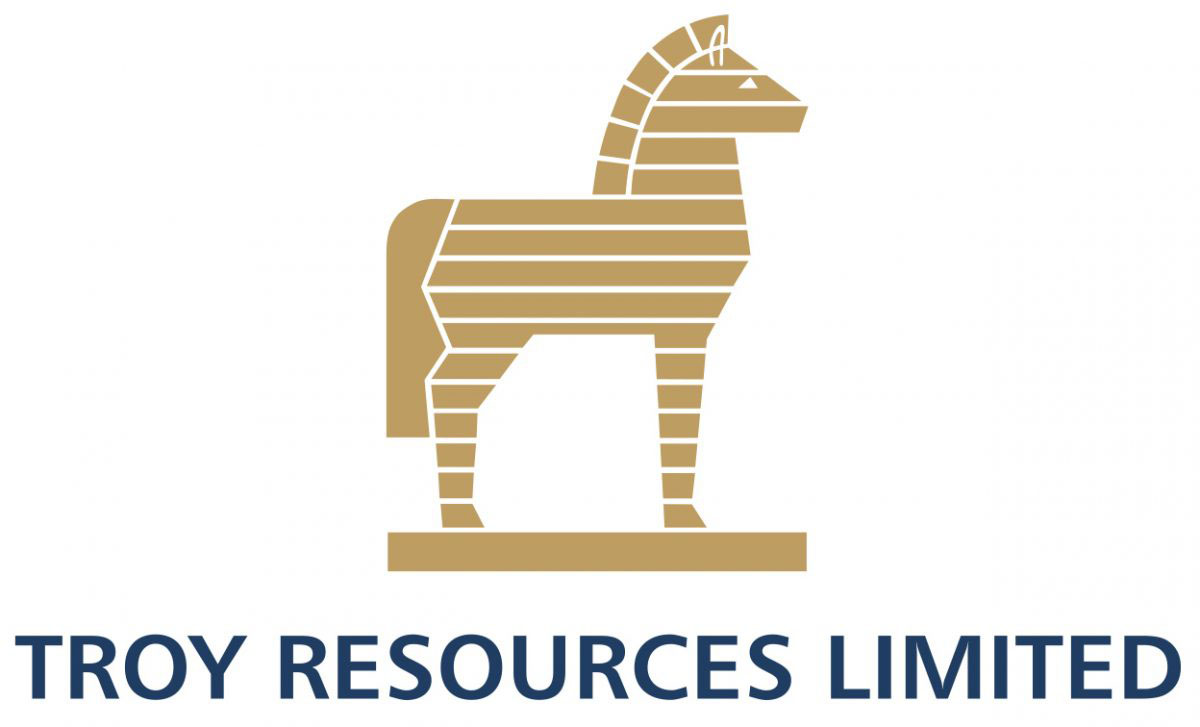Australian miner, Troy Resources Limited says that the start of Guyana’s first underground gold mining project could commence in October and Chief Executive Officer Ken Nilsson assured that the company is not shutting down operations here.
“The initial work which was planned to start around the 1st of July now seems more likely to take place in October. We anticipate that all preparatory technical work on the underground operations will be completed by mid to late June,” Nilsson said in a statement on Wednesday clarifying the status of his company’s operation.
The statement appears to have been prompted by a report in Stabroek News last Wednesday which said that with gold ore plummeting in two key pits, Troy Resources had announced that processing activities could cease in August or September at its Region Seven site until a delayed underground mine project gets underway.
Troy had been aiming for a seamless transition from its open-mine operations to underground mining but with the COVID-19 pandemic, it was forced to push back timelines and work plans.
Troy has already received the necessary permits to commence infrastructure works and is working closely with the Guyana Geology and Mines Commission (GGMC) and other government departments to assist in the formulation of a set of mining regulations for underground mining operations in Guyana.
“The current preferred mine plan involves bulk mining of the deposit to maximize gold production. A two-stage development approach is currently preferred to minimise capital expenditure requirements. This will see initial development of a relatively short drive of approximately 800 metres to the first ore zone of approximately 30,000 ounces, revenue from the sale of which will be used to fund further development,” the company disclosed.
In October 2020, the company announced that it had ‘struck gold’ with a bonanza discovery of a vein at its Smarts underground mining project at its Karouni mining site in Region Seven showing 131.93 grams of gold per tonne of ore (g/t Au).
Nonetheless, the company said that it is not in a position to announce the results of the Pre-feasibility Study (PFS) and declare an initial Ore Reserve. The company said that it will be in a position to formally announce the PFS and Ore Reserve for the Smarts Underground shortly and noted that capital costs, operating costs estimates and delivery schedules are currently being finalised.
With the setback and gold ore plummeting in two key pits – Hicks 4 and Spearpoint – which are likely to be exhausted by mid-June/early July of this year, the company has announced that it may have to temporarily cease production.
“In light of tightening ore supply it is necessary to keep the share market updated more closely. The actual announcement was also to highlight the fact that Troy has shifted some of its focus to a new area,” Nilsson said on Wednesday.
Nilsson, who is also the Managing Director pointed out further that reduction of mining activities is dependent on results from test mining programmes at Goldstar area and other sources. He added that in the interim, exploration is currently ongoing with drilling to be resumed shortly.
He noted that should the company be forced to enter into care and maintenance mode, downsizing of operations is likely to occur over several months. He emphasised that downsizing should not be interpreted as a shut down but a mechanism by which a company can restructure and reprioritise operations.
Nilsson explained that while there is a probability of some staff being laid off, the company has not made a decision on that as yet and it is difficult to predict the number of those staff. The company decision is dependent on the success of its exploration activities.
“But there will certainly be a group remaining for rehabilitation work and other tasks. In the event of restarting mining at full capacity, existing staff and those released recently will have priority in re-staffing,” he underscored before assuring that layoffs will be done in accordance with the country’s laws and practices.
“This of course is a normal scenario in the life of any mine where new discoveries or conversion of reserves may not keep up to production demands,” Nilsson explained.
In the update to stakeholders, Troy said the low grade or ore found can become economically feasible should gold prices increase to US$2,000 per ounce. It was pointed out too that the scope remains for further exploration at Goldstar, but this activity would only be undertaken during the dry season which is after the end of July.
“During late 2020, early 2021, the Company conducted both reverse circulation and diamond drilling at Goldstar, achieving reasonable results. However, the optimization work in respect of Goldstar has returned disappointing results, resulting in the mapping of a less-than-anticipated Ore Reserve of approximately 74,000 tonnes at 1.2 g/t Au for approximately 2,600 ounces. This represents little more than one month’s additional production.” It was estimated that the some 25,500 ounces of gold could have been produced from the pit, shareholders were told.
Over the month of April the company reported that gold production totaled 2,140 ounces with forecasting figures being pegged at 2,400 and 1,909 ounces for May and June respectively.
Troy has encountered a series of setbacks in recent years. It closed its operations in October 2019 after an employee died at its Karouni mine site. It restarted its operations in January 2020 and was then affected by the COVID-19 pandemic. It did also experience financial difficulties which saw it entering into a gold loan facility of 5,200 ounces with Asian Investment Management Services Ltd (AIMS), a Malaysian based investment fund (Facility).
In February this year, Troy produced 2,653 ounces of gold, up from 2,113 ounces in January, putting production for the first two months of 2021 at 4,766 ounces in comparison to 4,195 ounces for the last quarter of 2020.
By contrast and prior to encountering major difficulties, Troy produced 58,118 ounces of gold in 2018 and 70,207 ounces in 2017.






